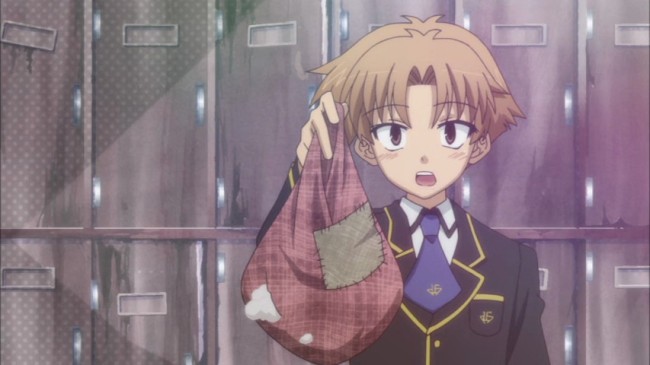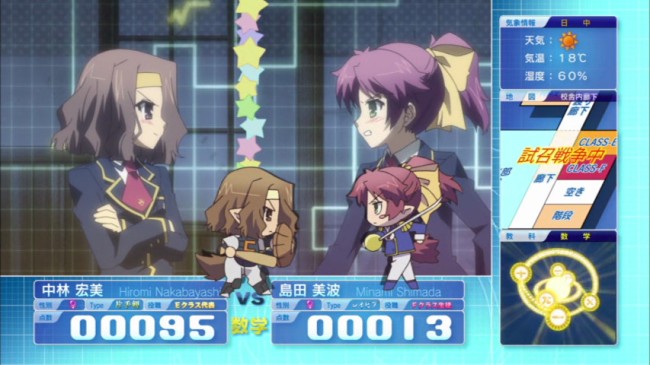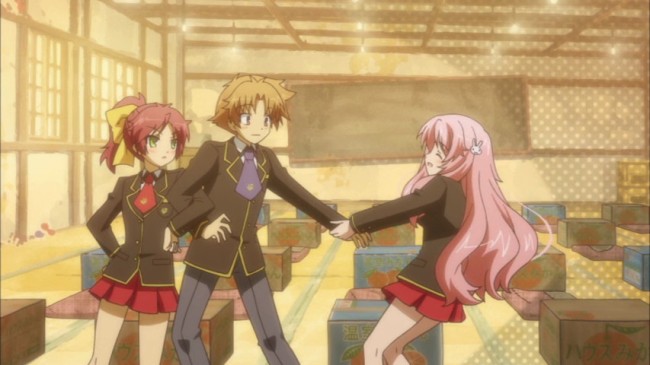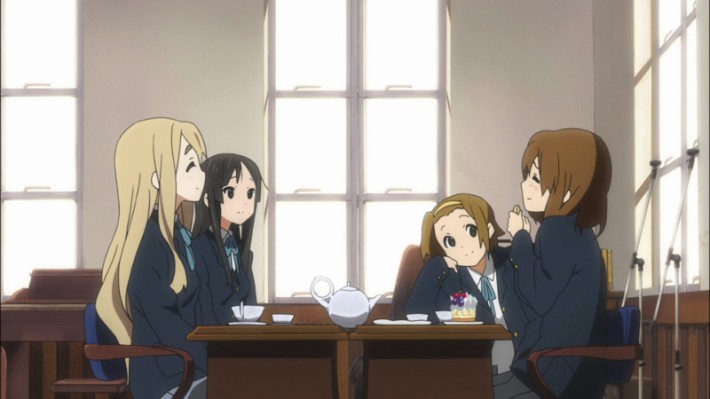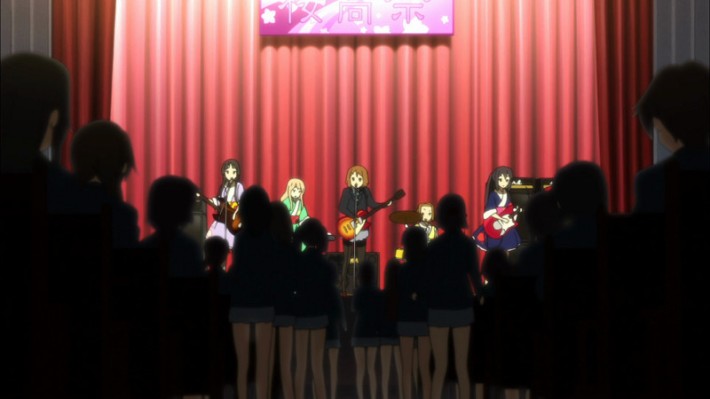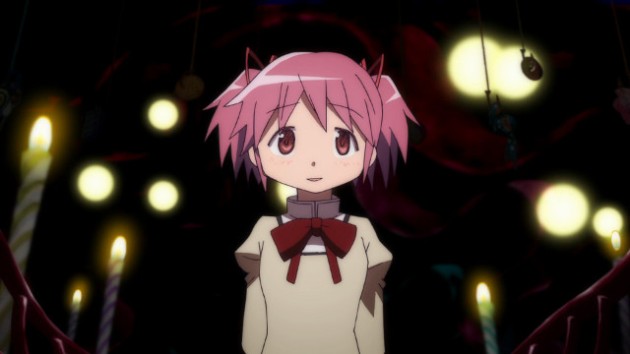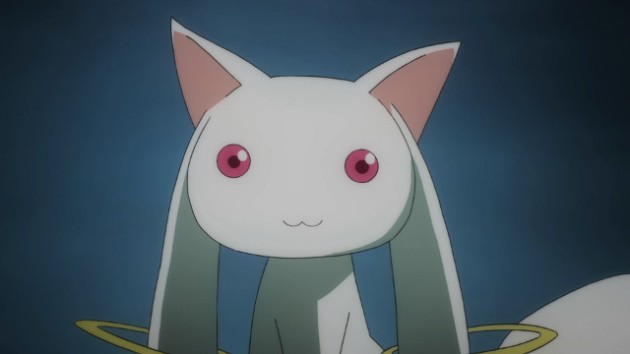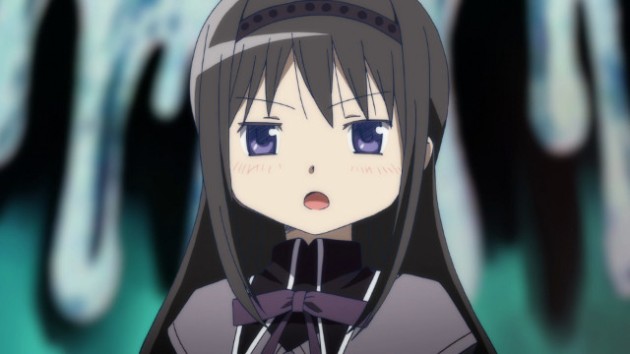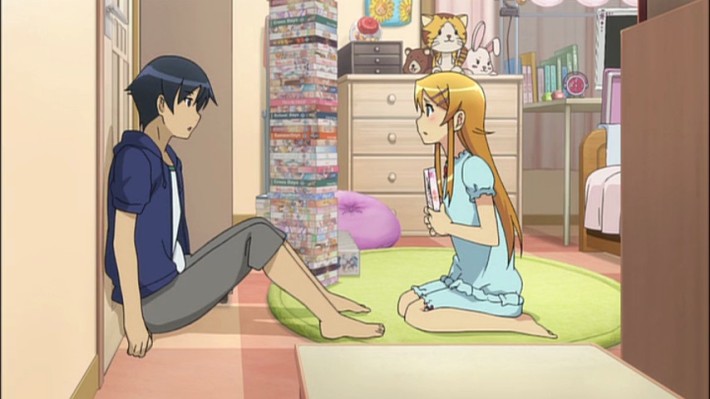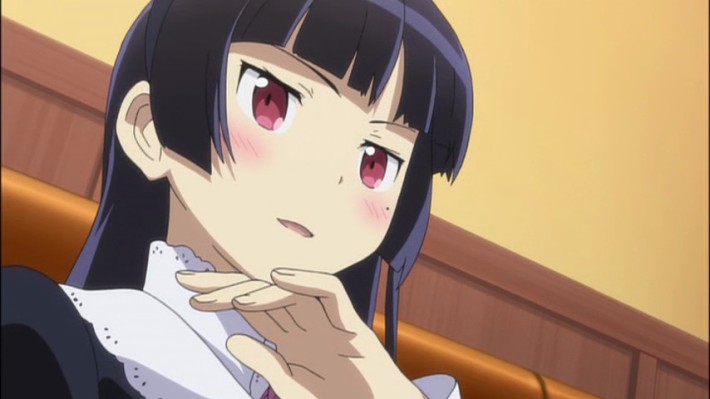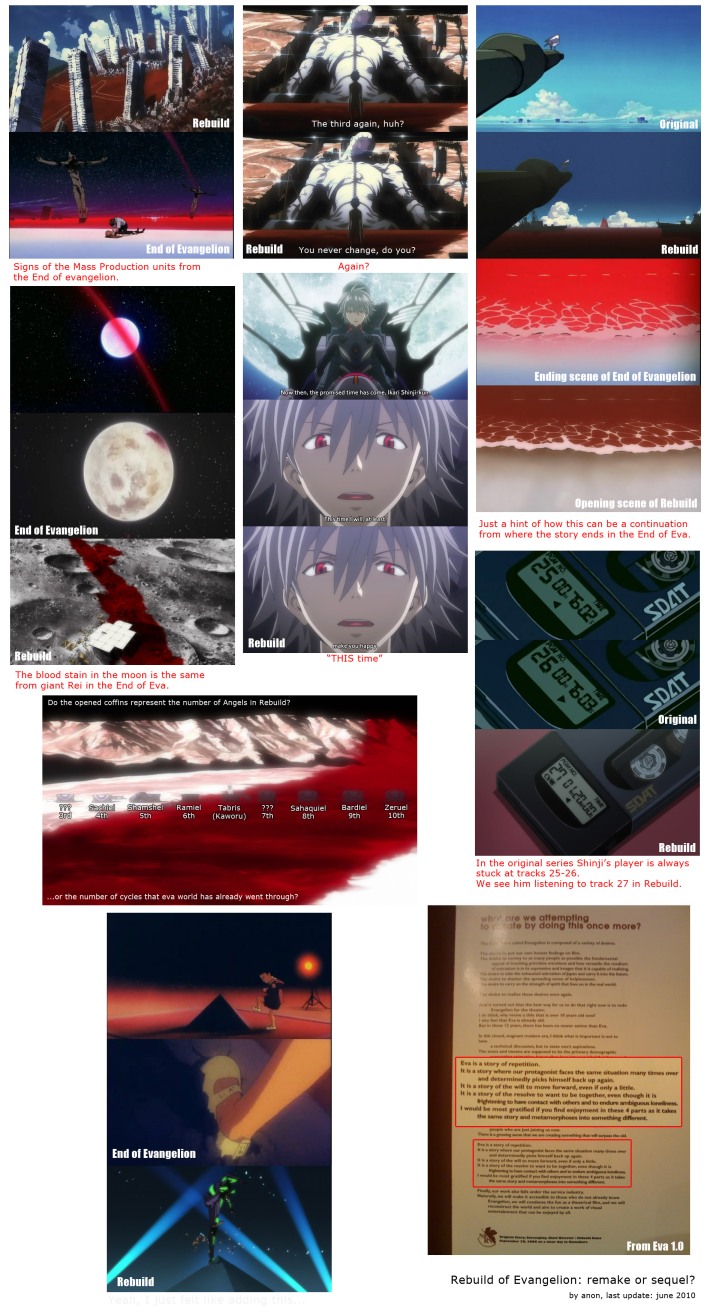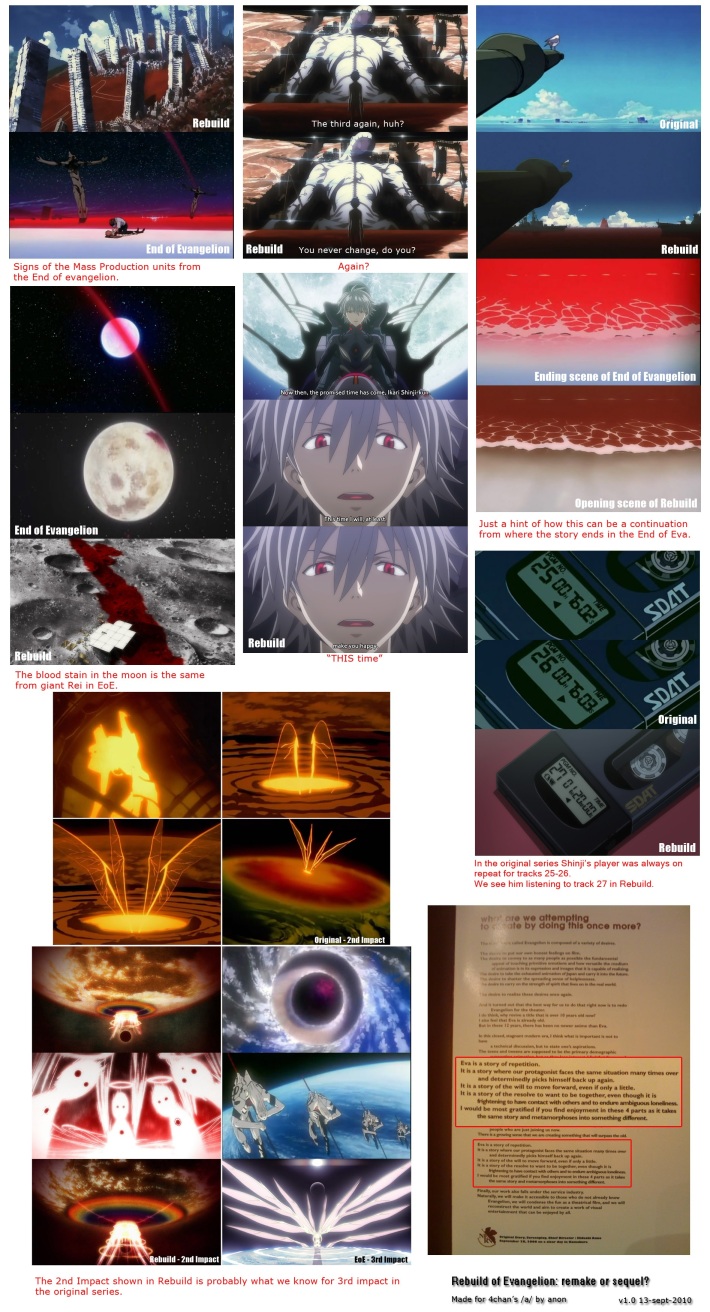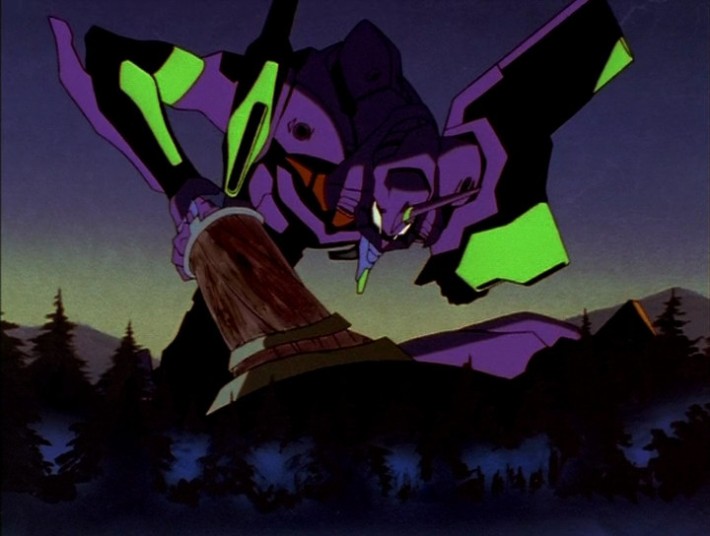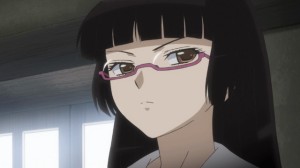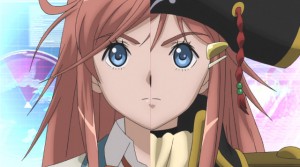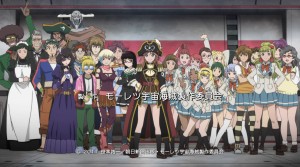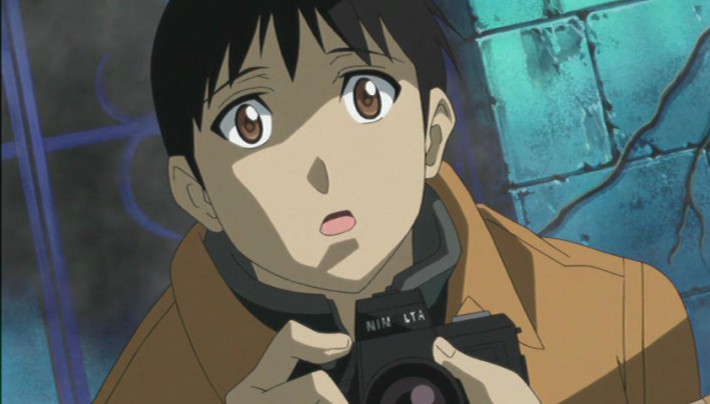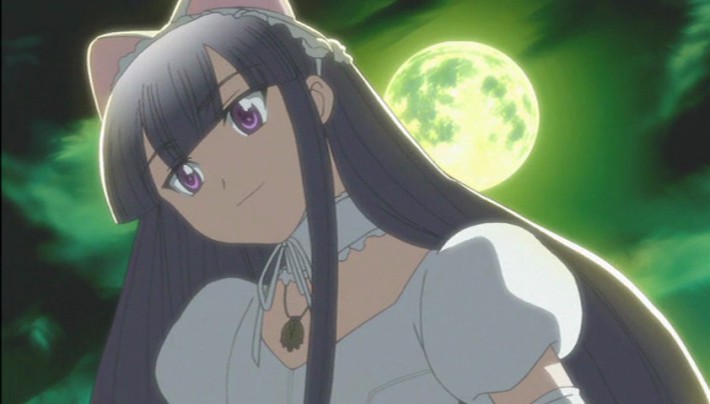First, a few words about the title: the full Japanese title is Baka to Test to Shoukanjuu, which translates to Idiots, Tests and Summoned Beasts. Funimation, for whatever reason, released it under the half-translated and just odd-sounding Baka and Test: Summon the Beasts. I don’t normally comment on what title a show gets released under, but pointless half translations like that annoy me. Just wanted to get that off my chest.
At Fumizuki Academy, students are divided into classes by their academic ability, based on an exam at the beginning of the school year. Those who do the best go into Class A where they have downright luxurious facilities in the classroom. Those who do a little less well go into Class B where they merely have very good facilities. Class C get nice facilities, Class D get average facilities, Class E get lousy facilities. And then we’ve got our heroes, Class F; a pack of morons who get really crappy facilities.
Sounds a bit unfair, right? Well, it is, but the students can do something about it. See, the school has this AR system with digital avatars of the students that have stats based on their exam results that they can use to battle against other classes, and if the lower ranked class wins, they get to trade facilities with the higher ranked class. It still sounds a tad unfair, since combat power is determined by academic ability, but there is more to it than that. The idea behind it, apparently, is to build teamwork and other helpful skills that aren’t really reflected in exam results.
Anyway, our heroes. The main character is Yoshii Akihisa, the dumbest of the lot and with a special status: his avatar can interact with the physical world and he feels pain when his avatar takes a hit. The latter trait doesn’t do him any favours, but the former does prove useful.
And despite being in Class F, not all of them are actually that stupid. Shimada Minami grew up overseas and can’t read Japanese very well, and therefore does poorly on tests with the exception of maths, where the language barrier isn’t so big a deal. Sakamoto Yuuji is actually fairly bright, but very lazy. Himeji Mizuki is a genius, but was very ill on the day of the class placement exam. And then there’s others who are actually pretty dumb but nevertheless have some specialty that proves useful. Kinoshita Hideyoshi is a great actor, and looks effeminate – almost identical to his twin sister, in fact. Tsuchiya Kouta is a tremendous pervert, and an expert at surveillance. Oh, and some faceless masses too, but in story terms they’re just there to make up the numbers.
Anyway, the main plot concerns Akihisa and Class F’s plans to battle Class A so he can give Mizuki the study environment he feels she deserves. I won’t give away details, but they do make very good use of the characters’ various strengths, and a few other advantages they pick up along the way. There’s also the subplots involving personal relationships – including the inevitable love triangle with Akihisa at the center – and various other antics that high school students get up to.
There’s also a second season, but it doesn’t really do a main plot; it’s basically more of the antics and bits of backstory that didn’t make it into the first season. Still very entertaining, just not any long-term plot.
Something else I found noteworthy is that the difference between Class F and the higher ranked ones isn’t just academic, but involves their senses of ethics too. Class F are morons, but they’re honest morons; whereas some of the “better” students aren’t above cheating in the same way the ocean isn’t above the sky.
And besides all the comedy, drama and everything else, there’s a bit of interesting social commentary in there too: everyone puts an inordinate amount of importance on test results to the exclusion of everything else, but it’s the other things besides that which really produce results. And then there’s the above thing about the “good” students cheating in the pursuit of the all-important test scores.
Visually, the show does some pretty interesting things. It’s not a Shaft production, but the director has done a fair bit of work on Shaft shows, and has clearly been paying attention to Shinbo Akiyuki’s methods. It’s a very good show, well worth checking out if you’ve got any interest at all in high school comedies – and perhaps more so if you’ve grown a little tired of the average high school comedy.
